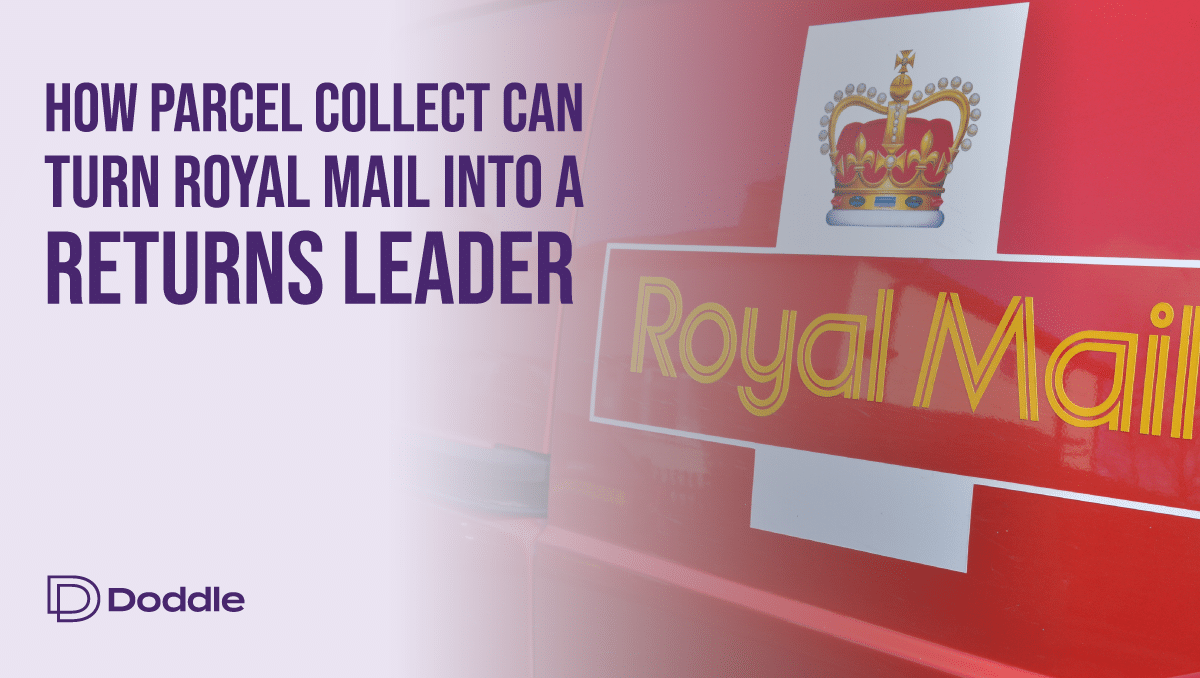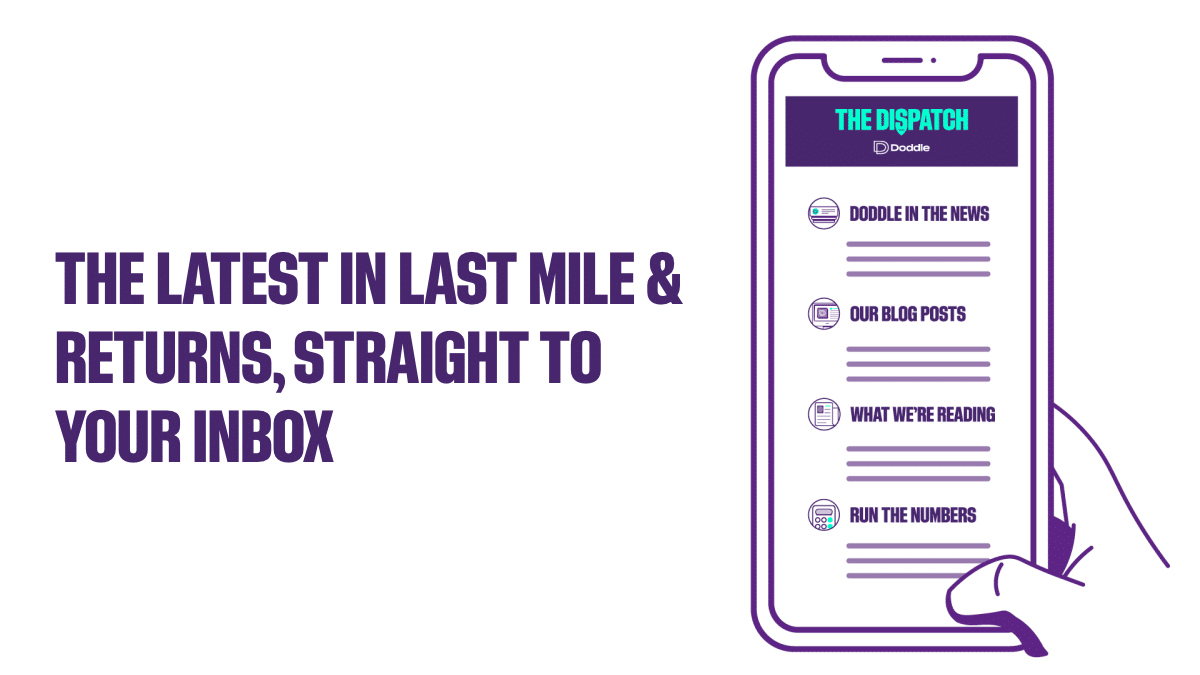Insight / Blog
What we learned from using Royal Mail’s Parcel Collect service
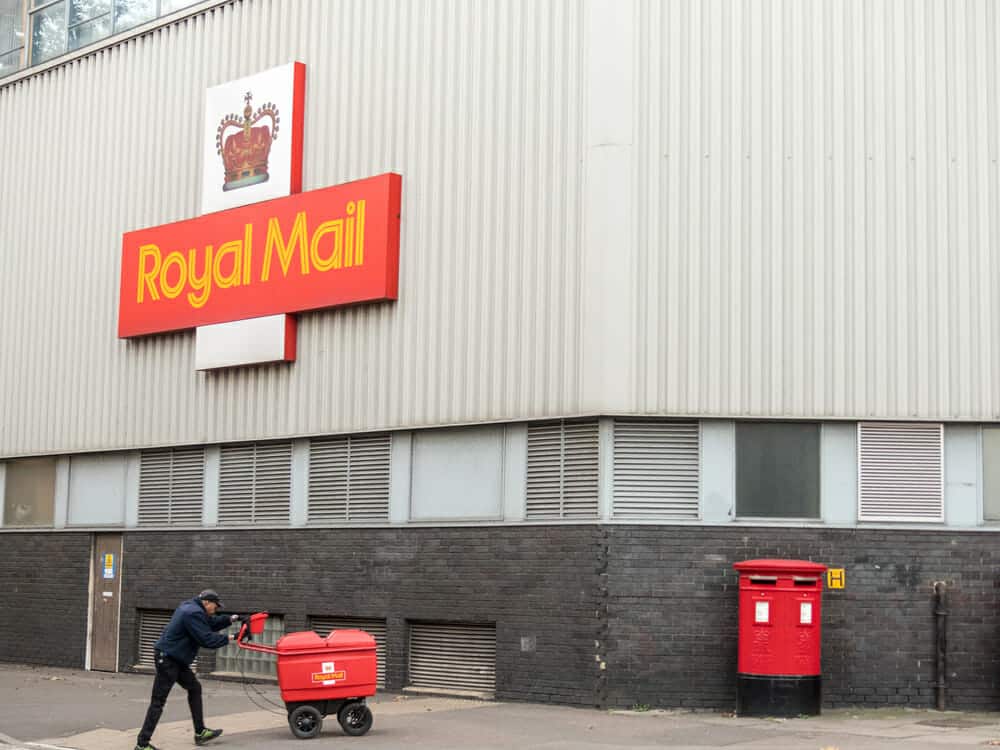
Summary: Parcel Collect has handled a million parcels. How does it work, and will it be used more widely?
We saw Royal Mail release Parcel Collect with some fanfare in October 2020. It’s a cool concept and one that runs counter to some market trends, so we thought it was worth going through the journey and investigating what’s good and what’s not working.
What is Parcel Collect?
Parcel Collect was launched in October 2020 and passed 1 million parcels handled in March 2021.
Nick Landon, CCO @ Royal Mail“Royal Mail Parcel Collect is a fantastic step forward for all of our customers. It makes it easier to use our services than ever before. Whether you’re up against time and working from home, making a return, selling online or sending a gift to make someone’s day, Royal Mail Parcel Collect is here to help.”
I wanted to try the service for myself and get a sense of how it works, what it does well, and what might be missing. Is there a future for home collections in the UK?
Why are they doing it?
Carriers picking up returns (or parcels in general) from consumers’ homes isn’t a new concept– 95% of returns in India are processed that way, as are the majority of return parcels in South Korea and a handful of Middle Eastern nations. In Japan, our partner Yamato has a long history of providing a white-glove home collection service.
However, in the UK we’ve actually seen a move away from this service. The likes of Yodel and Hermes used to promote ‘home-pick-up’ as a big part of their consumer returns proposition, but both have been deprioritised in the last few years. Its pure conjecture, but our hypothesis is that the reasons are twofold: consumers don’t really like the uncertainty of a carrier coming to pick up an item between 7am and 7pm (which was typically the proposition offered) and, secondly, consumers have tens of thousands of locations where they can drop off a return, which they can do in their own time – which was providing a convenient enough returns proposition.
From Royal Mail’s perspective, they have posties on their rounds and they want to maximise the value of that labour force. Adding a handful of parcels to pick up at the same time as dropping some letters in the mailbox shouldn’t create too much additional work, but it makes the post more useful to consumers and SMEs. We’ve seen posts across the world look to add new utility to existing postal routes for years, and Parcel Collect is definitely part of that tradition.
What does the journey look like?
Buy something online and decide to return it
Search Parcel Collect on the search engine of your choice
Check that you have a Royal Mail return label from your retailer. If you don’t, you’ll need to buy postage at the same time as booking your collection. You can print this at home and stick it to the package.
Follow the steps on the website to book a Collection by selecting an address and a date – you’ll receive an email confirmation after checking out, as well as a receipt – the service is currently free but the default price is 72p + postage, or 60p for prepaid return labels.
The postie will use a handheld to scan the barcode on the label when they arrive on their round and take the parcel with them. Again, you’ll receive an email confirming the parcel has been picked up.
Screenshots from Royal Mail Parcel Collect purchase process
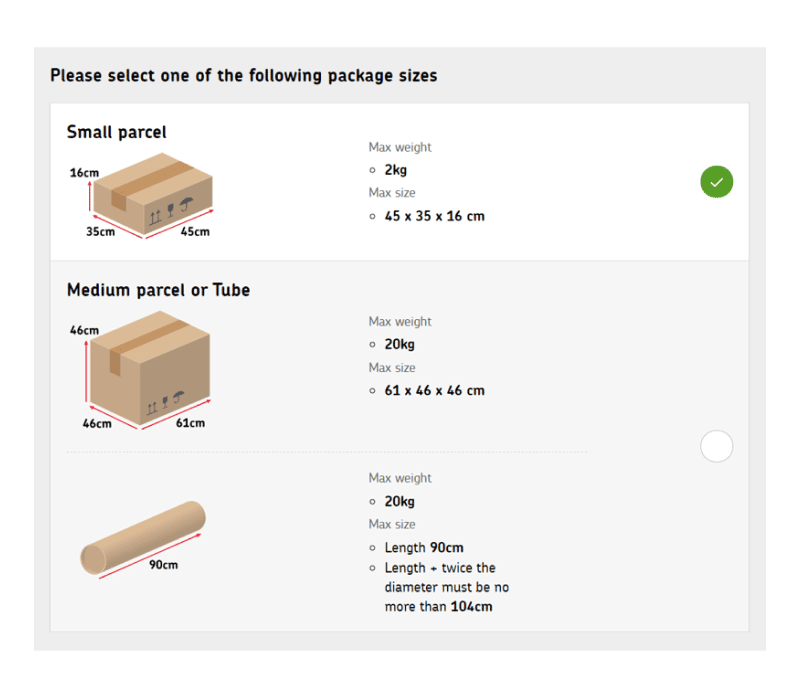
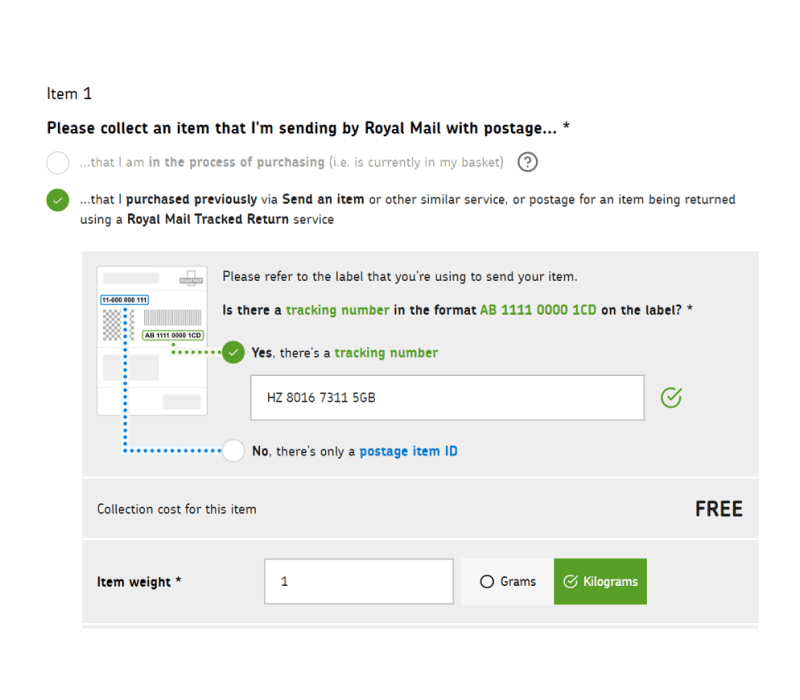
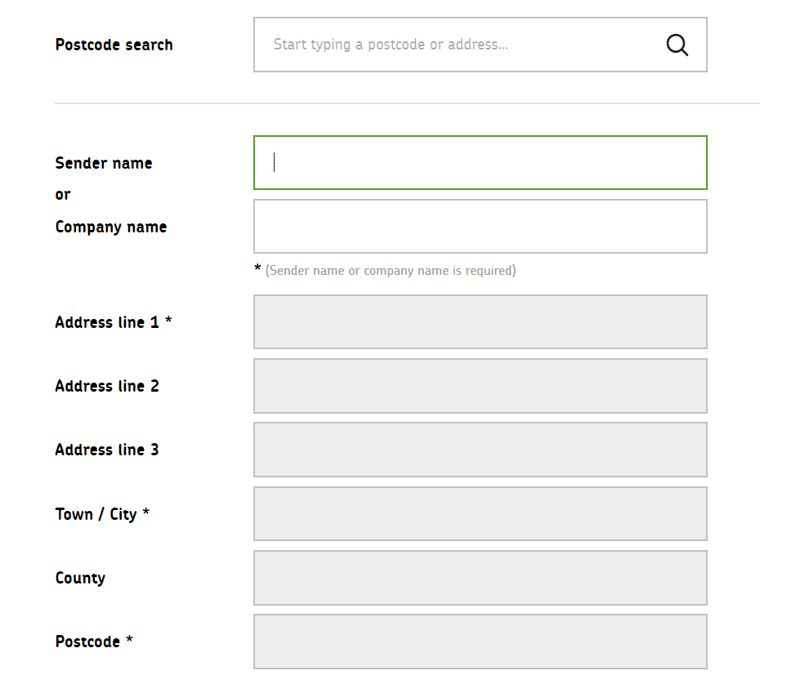
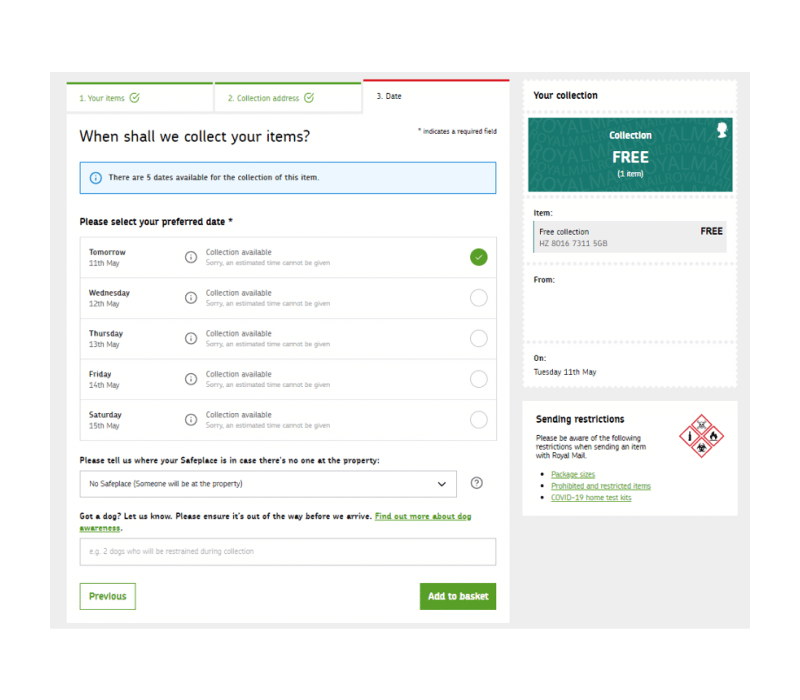
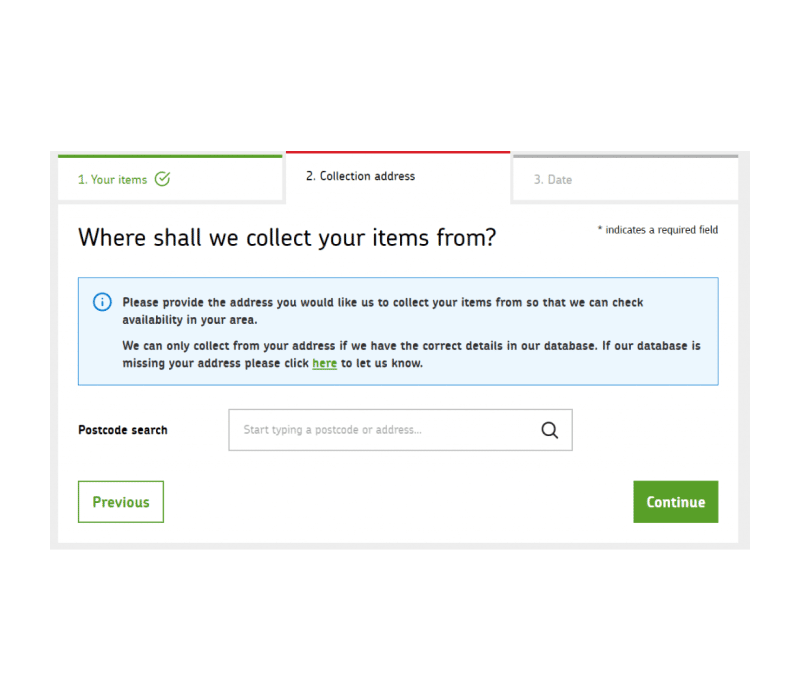

How well is it working?
In my test run of Royal Mail’s Parcel Collect service, the postman who arrived at my door told me “I’ve not done it much yet” when I chatted to him about the relatively new collections offering. That simple admission holds a lot more information that perhaps he initially intended. I live in Clapham, the epicenter of twenty-something graduates who have descended on London post university. Major retailers, especially those in the high-returns fashion and apparel categories, do substantial volume here, with ecommerce giants like ASOS, Missguided and Boohoo occupying a lot of delivery van space.
Despite all that, it sounds like fast fashion consumers – most now working from home – are not widely adopting the Parcel Collect service as a returns proposition. Lockdown seemed the perfect time to launch, as young consumers were initially faced with the prospect of difficulty when returning their parcels. Stores weren’t open, ecommerce has been booming, and the queues stretched down the road outside the local Post Offices. And yet – “I’ve not done it much yet.”
The service is currently free (as a promotional strategy), and you could argue that it’s in its infancy, as Royal Mail slowly collects data on how and why users want to send their parcels. The difficulty with that is that it is almost impossible to collect data if you’re not interacting with consumers, and with the announcement that the service had handled a million parcels by mid-March, it does not seem that there is a huge weight of volume to generate that essential data. Those million parcels happened during a time period which included the biggest Black Friday and Christmas peaks ever seen in ecommerce, plus two national lockdowns, suggesting that uptake hasn’t been spectacular. In addition, the volume that does exist is likely to be weighted towards C2X shipments from the growing mass of ‘powersellers’ operating on Depop, eBay, Vinted and the like and from SMEs now delighted at not having to venture to the Post Office with 8 parcels a day.
What does the future hold for Parcel Collect?
Maybe the biggest reason for the limited consumer adoption is that Royal Mail hasn’t run dedicated promotions for the service. It appeared in an ad in the run-up to Christmas shopping, but it was mentioned for perhaps 3 seconds of screen time, and not visually illustrated. I knew about the service because it’s literally my job to know about last-mile delivery and returns – but my ASOS-mad housemate is probably a better representative of the average UK shopper. She’s certainly more representative of the target demographic for an ecommerce returns solution, judging by the ASOS bags that pile up at our door. She doesn’t, however, read the trade publications and was shocked when she realised what the service offered. Royal Mail have launched a proposition that could service a consumer need, but may not have fully educated the consumers most likely to use it. The aims of offering more utility and driving additional volume into mail delivery routes make total sense – but the opportunity depends on getting consumers on board.
I believe Royal Mail’s venture will eventually be a success if priced correctly – after all, the postal worker is still working the mail routes and the service will almost certainly be used by marketplace sellers and consumers returning parcels. How Royal Mail shape the product in the next few months will be key. There are still teething issues – I couldn’t put my full address into the pick-up system (as the RM addressing system will have been built on front-door letterboxes and not apartments) and they didn’t provide me with a time window of arrival (which is crucial to align with consumers’ busy lives, particularly when working from home.)
The main issue as I see it is with adoption, which is a factor of awareness – the PR push has leaned more towards the industry, and I’m sure their retail partners are aware of the new product. But consumer awareness appears to be lacking, judging from our (admittedly limited!) anecdotal evidence and the surprisingly low volumes amid the biggest boom in online returns ever. Even the return labels inside the parcels don’t mention the new service; consumers have to actively seek out the journey on Royal Mail’s website and treat their return similarly to the normal PUDO journey – but with more steps!
Ultimately, these are teething issues which Royal Mail should be able to resolve. They’ve obviously made good progress with SMEs; the consumer journey works well (although providing clearer updates throughout would be even better); and using an existing route to drive profit despite the USO is genius, which is why so many posts are launching similar propositions. Royal Mail have the building blocks here, they just need to push the proposition to the next level and focus on first-mile consumers. That’s where the real profit could be, that’s where the real consumer needs are, and that’s where they should be focusing. Now is a great time for Royal Mail to use their uniquely strong daily coverage of UK residents as a platform to offer services like Parcel Collect that few others could afford to match at the same price point.
Related articles
How 3PLs Can Cut Costs, Reduce Waste and Boost Revenue With Smart Returns Management
3PLs should take advantage of returns to help reduce cost, efficiently manage warehouse resources, and aid growth.
Saving profits and the planet: 4 ways to sustainable & cost-effective returns
Returns drain profits and damage sustainability. Luckily, retailers can implement both cost-effective and sustainable returns using these 4 ways.
Return fees or free returns: why not both?
Debates between return fees or free returns miss the bigger picture: how to address the root issues of returns.








